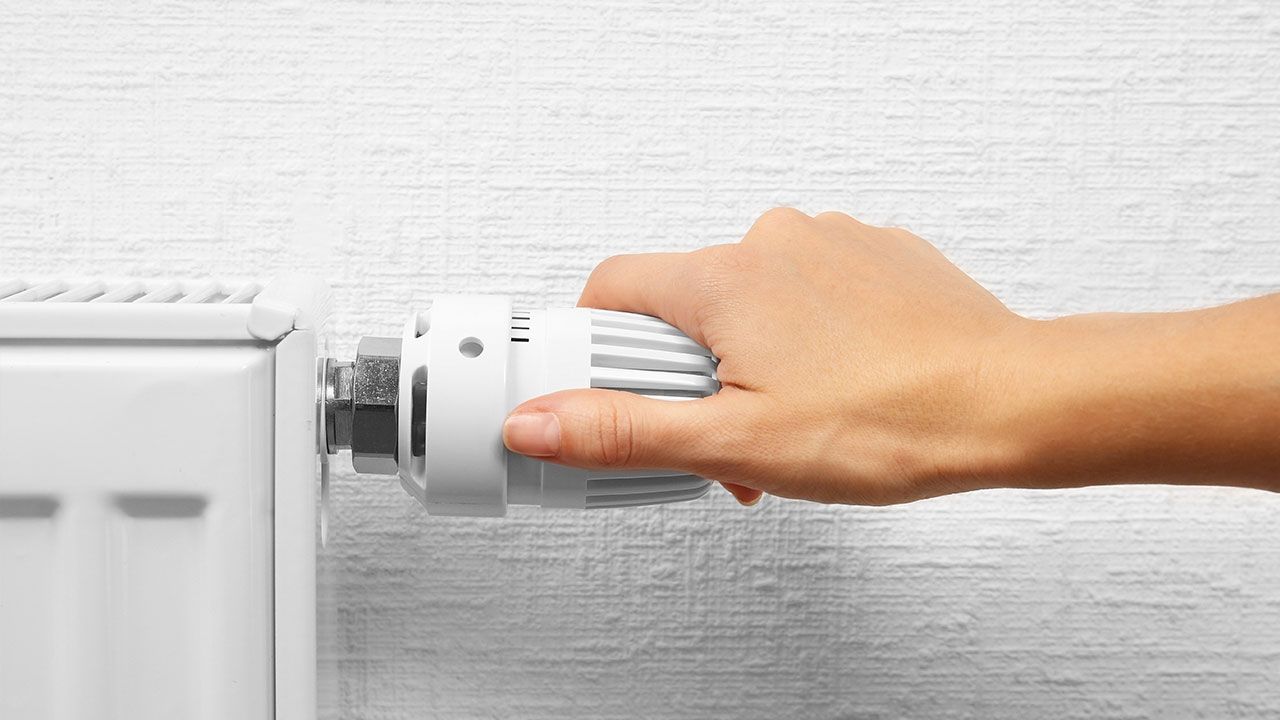Foundation sprayed insulation – frequent mistakes
Everyone knows the meaning of the foundation thermal insulation of any building. The moisture that can get through a negligent or too thin waterproof insulation can be extremely harmful to your house. What is the threat? Higher heating bills, thermal bridges, wall deterioration, structure impairment, mould and fungus.
As you can see, it is worth to consider choosing the right insulation material to meet the highest standards. Otherwise, even if you secure your floor, potential basement and walls, heat will travel along their structures to the ground. The polyurethane foam insulation of foundations is a very efficient way to solve the above-mentioned problems.
Foundation PUR foam sprayed insulation – advantages
Below you can find 5 key advantages of polyurethane foam foundation thermal insulation.
- 1. The warmest among insulation materials
Good for new buildings as well as for places with existing frozen foundation issues. A thin layer gives the expected result.
- 2. Doesn't soak in water
Due to great damp insulation properties (moisture absorption lower than 2%!) or adhesion, it is perfect for foundation dump insulation. If it rains during works, teardrops dry in several seconds.
- 3. Hard and durable
This insulation method gives a hard material of high tensile strength and resistant to mechanical damages. The wall adhesion force prevents it from displacement or removal. The performance of the foam remains unchanged for many years – without additional protections.
- 4. Short time of application
One day is enough to insulate even 250 m2 of foundations. The foam dries in a few seconds so it doesn't matter if the weather changes.
- 5. No thermal bridges
Hydrodynamically applied, the foam increases its volume by a hundred times. Therefore, there is no risk of omission of gaps which could become thermal bridges in the future discharging heat from the house.
We all know the exposition to moisture of the lowest parts of the building is the highest. That's why spray foam is a very good idea when it comes to foundation insulation. It is also worth noting that, unlike to styrofoam or polystyrene foundation insulation, the application of polyurethane foam requires no additional anti-dump protection due to its perfect damp insulation properties mentioned above.
Horizontal vs. vertical foundation insulation – what are the differences
 A house insulated with Purios foam the foundation dump insulation can be divided into two types. The first one is horizontal waterproofing. Its purpose is to protect the structure of the building against unpressurised water, i.e. rain water or so called “capillary action” (when moisture is absorbed by masonry or concrete and then transported upward to the building walls). This type of insulation is used in foundations located above the groundwater level.
A house insulated with Purios foam the foundation dump insulation can be divided into two types. The first one is horizontal waterproofing. Its purpose is to protect the structure of the building against unpressurised water, i.e. rain water or so called “capillary action” (when moisture is absorbed by masonry or concrete and then transported upward to the building walls). This type of insulation is used in foundations located above the groundwater level.
The other type is vertical waterproofing. It is responsible for the protection of foundations from the ground. In this case, the insulation layer is laid on the foundation wall and additionally covered with a thermal insulation material. Depending on the ground where the foundation is to be located, one of vertical insulating methods is used – lightweight waterproofing, medium water insulation or heavy water insulation.
Note! In order to ensure proper foundation insulation process, ambient temperature should not exceed 16°C (with moderate humidity and wind). Walls should be primed to eliminate negative moisture effect on the polyurethane foam layer applied.
Horizontal foundation insulation in details
The horizontal water insulation is applied in two places – between the foundation footing and external walls of the building. As for the latter, the insulation is laid 15–30 cm above the ground.
What is important: the horizontal insulation on foundation walls should be precisely joined with the floor insulation on the ground, even if they are not on the same plane. It is worth remembering the insulation cannot be laid below the waterproofing of the floor

 This website uses cookies. By using this website, you consent to the use of cookies in accordance with your browser settings.
This website uses cookies. By using this website, you consent to the use of cookies in accordance with your browser settings.